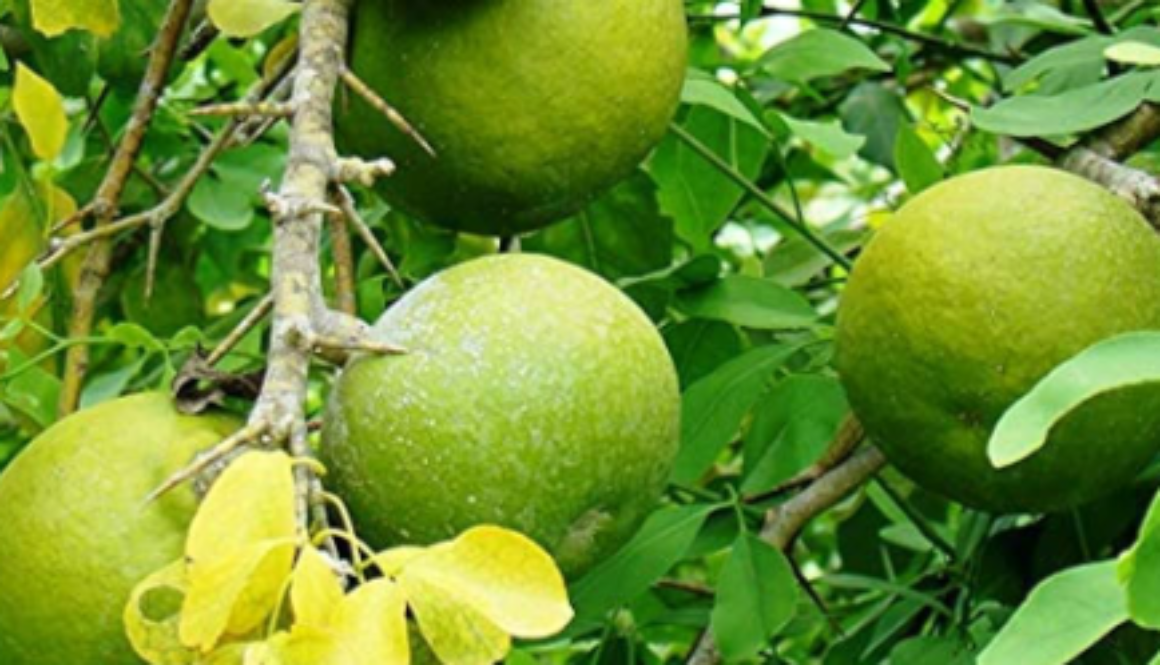CLIMATE: Sahjan can tolerate a wide range of annual rainfall (250-3000 mm). It is a sun and crop that cannot
tolerate frost and thrives well where the daily temperature ranges between 25° to 35°C. It
can handle summer temperatures of up to 48°C for limited time.
SOIL: Sahjan grows in almost all type of soils with pH ranging from 5.0-9.0. It grows well in the vicinity of the sandy beds of rivers and streams. However, stiff soils are not suitable for the plant. Deep sandy loam soil with pH of 6.5 to 8 is most suitable for cultivating this crop.
PROPAGATION AND PLANTATION: Sahjan can be propagated by seeds as well as through stem cutting during July to October. Seeds may be sown at a depth of 2.5-3.0 cm in pits of 453 cm size at 2 x 2m distance; or after grafting, the seedlings may be raised in poly bags and transplanted after 35-40 days in the field at 5 x 5m distance.
Before plantation the pit must be filled with 10-15 kg manure and NPK (Nitrogen, Phosphorus and Potassium) in a ratio of 135:23:45 g/pit/ha land after mixing with topsoil.
PLANT PROTECTION: The plants should be grown without chemical fertilizers and use of pesticides. Organic manure and pesticide are recommended.
IRRIGATION: Before sowing and on the 3rd day after sowing and subsequently at 10-15 days interval, water may be applied according to soil type.
HARVESTING: The crop becomes ready for first harvest after 180 days of sowing. After harvest of main crop, trees may be cut back 90 cm from ground level for ratooning. In another 4-5 months, trees again mature for harvest. Likewise, ratoon crops can be taken for 3 years.
USES
Sahjan leaves provide antioxidants, carotene, protein, Vitamin C, calcium and potassium. The flowers act as hypocholesterolemia, and the anti-arthritic agents can alleviate urinary problems. Pods are used to treat infections of the liver and spleen and also in treating articular pains. Leaves and pods are also helpful in increasing breast milk in the breastfeeding months.
The leaves can be eaten fresh, cooked or stored as dried powder for many months without refrigeration. The
leaves may also be used as animal fodder. The entire young and pliable pod is cooked and eaten or used in the preparation of curries.










